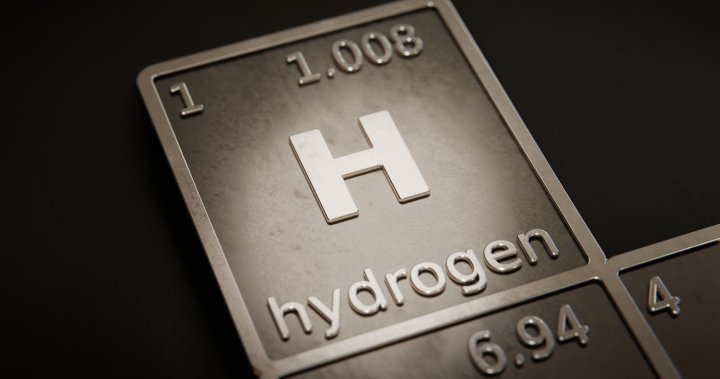
Here comes hydrogen: How this abundant element could revolutionize the way we fuel our lives
Global News
Canada is already one of the world’s top ten producers of hydrogen, but now, wind energy is about to fuel an export market that could be worth $50 billion by 2050.
This week, Canada signed onto a major energy project with Germany that, once built, will transform the windswept Port au Port Peninsula in Western Newfoundland and Labrador into a hydrogen-producing energy powerhouse.
The first phase of the project involves building 164 new wind turbines in one of the windiest corners of the country. The idea is to use the renewable power generated from those wind turbines to produce what’s known as ‘green’ hydrogen, which can then be shipped to Germany to address that country’s growing energy security fears.
Federal Natural Resources Minister Jonathan Wilkinson says the massive wind-to-hydrogen project is in direct response to Russia’s war in Ukraine, a geopolitical crisis that has spurred Germany, long dependent on Russian energy imports, to look for other sources of energy beyond what the Kremlin is willing to supply.
That’s where Canada, and Western Newfoundland with its wind resources, come in.
The Canadian hydrogen market is currently worth about $6 billion per year, and Canada is one of the world’s top ten producers of this valuable element. The biggest hydrogen makers are oil companies. But now, wind energy is about to enter into the fray, to tap into an export market that’s set to grow.
“I would think that green hydrogen could play an important role in the future, but combined with other solutions, to decrease our dependence on fossil fuels and decrease greenhouse gas emissions,” said Clémence Fauteux-Lefebvre, an engineering professor at the University of Ottawa, in an email to Global News.
But what is hydrogen, how can it be ‘made’ from wind, and can it really be ‘green’?
Hydrogen is the most abundant element in the universe. It’s everywhere, including in almost all living creatures on Earth.












